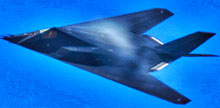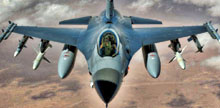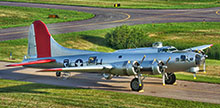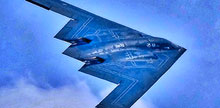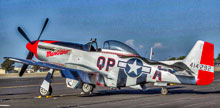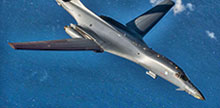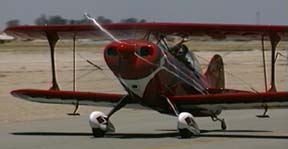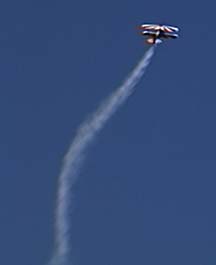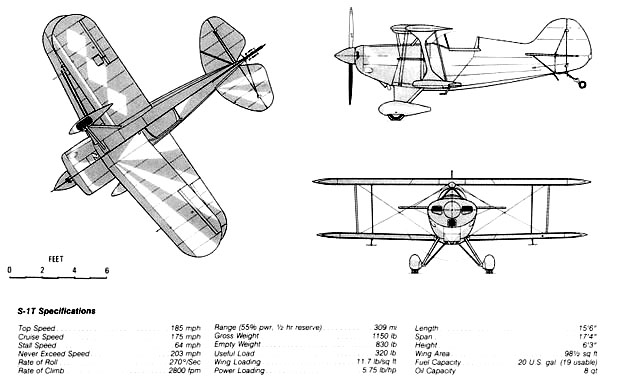Pitts S1
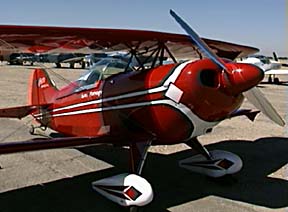
All S-1s are variations on the basic Curtis Pitts design, which dates back to 1944. Air show performers Betty Skelton and Caro Bayley (among others) helped popularize the S-1. Limited numbers of S-1s were produced by Pitts in the 40s and 50s. Over time they came to be widely seen as the standard by which other aerobatic aircraft were judged.
A Brief History Of The Pitts S1
All S-1s are variations on the basic Curtis Pitts design, which dates back to 1944. Air show performers Betty Skelton and Caro Bayley (among others) helped popularize the S-1. Limited numbers of S-1s were produced by Pitts in the 40s and 50s. Over time they came to be widely seen as the standard by which other aerobatic aircraft were judged. In the 1966 World Aerobatic Competition in Moscow, Bob Herendeen’s participation on the USA Aerobatic Team, flying a Pitts Special, contributed further to its rising reputation.
The US National Aerobatic Team won the World Championships flying only Pitts biplanes in 1972. Curtis Pitts sold his personal interests in the Pitts S1 (and S2) in 1972. In 2005 Curtis Pitts died at the age of 89. He was working on the prototype of the Pitts Model 14, a brand-new, two-seat biplane designed for unlimited aerobatics, powered by the 400 horsepower Vedeneyev M14P radial engine.
Modern variants of the S-1 remain in production to this day. They continue to hew closely to Curtis Pitts’ original designs.
|
Specifications |
|
|
Role |
Aerobatic biplane |
|
Manufacturer |
Aviat (current) |
|
Designer |
Curtis Pitts |
|
First flight |
September 1944 |
|
Propulsion |
|
|
Single-engine |
180hp Lycoming IO-360 fuel-injected flat-four piston engine, driving a two blade fixed pitch propeller |
|
Performance |
|
|
Max speed |
185m/h |
|
Max cruising speed |
175m/h |
|
Initial rate of climb |
2,600 ft/m |
|
Service ceiling |
22,300 ft |
|
Max range (no reserves) |
275 nm |
|
Weight (empty) |
720 lbs |
|
Max takeoff |
1,150 lbs |
|
Dimensions |
|
|
Wing span |
17′ 4″ |
|
Length |
15′ 6″ |
|
Height |
6′ 3″ |
|
Wing area |
98.5 sq ft |
|
Seating Capacity |
1 |

